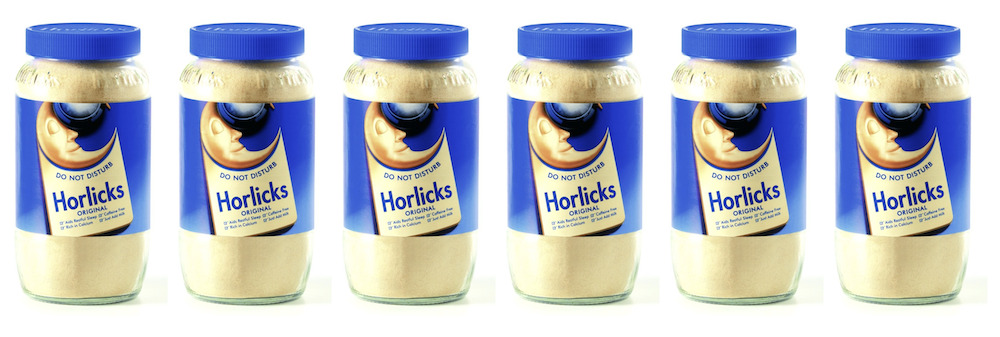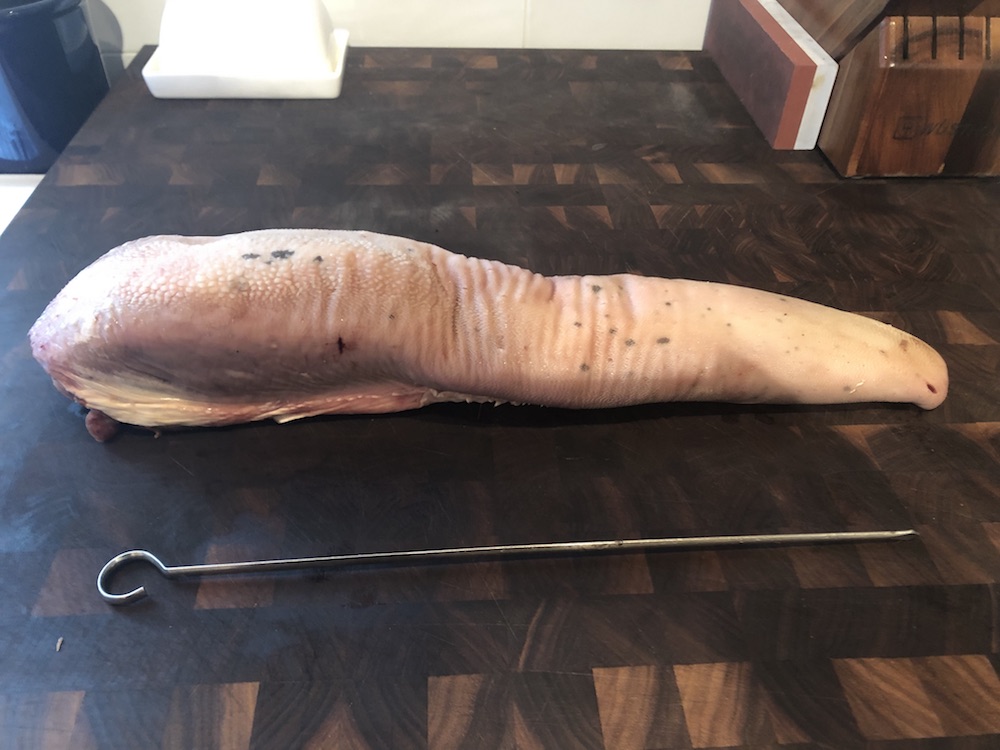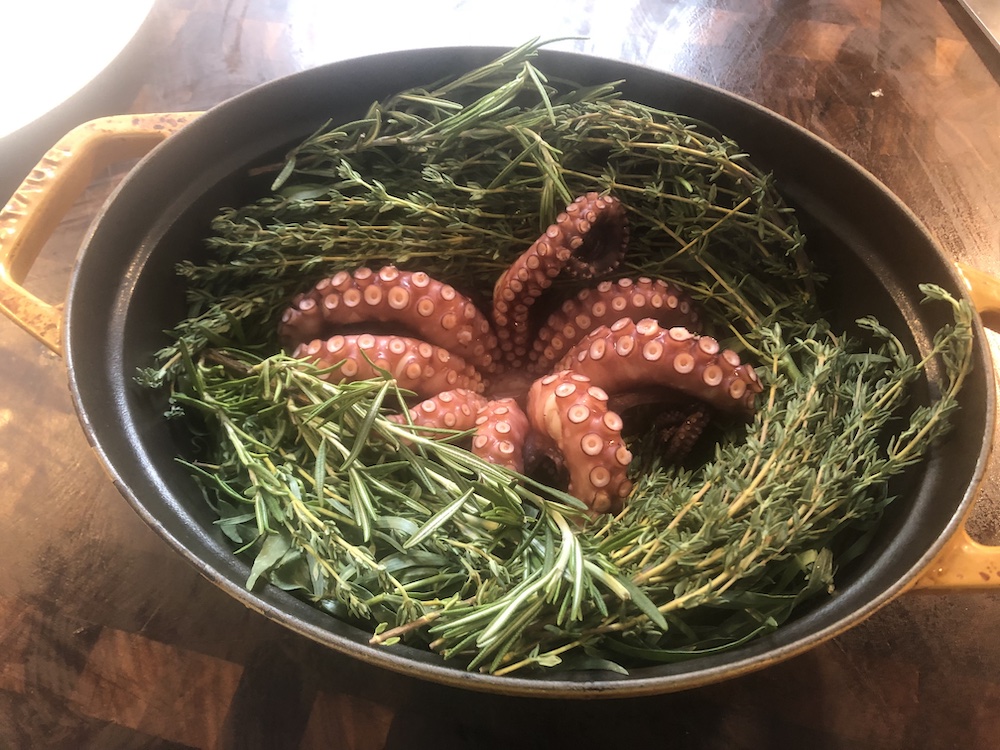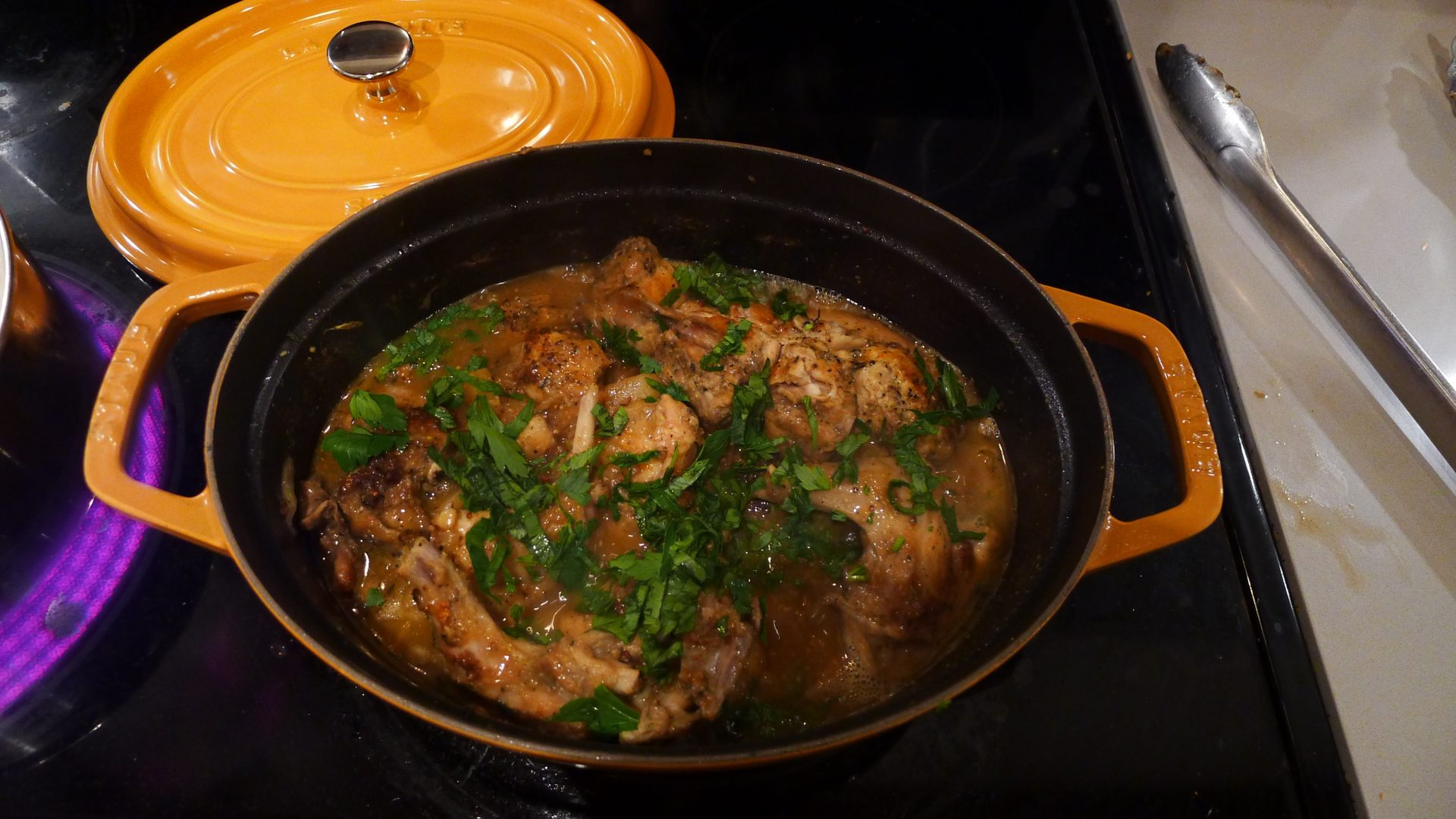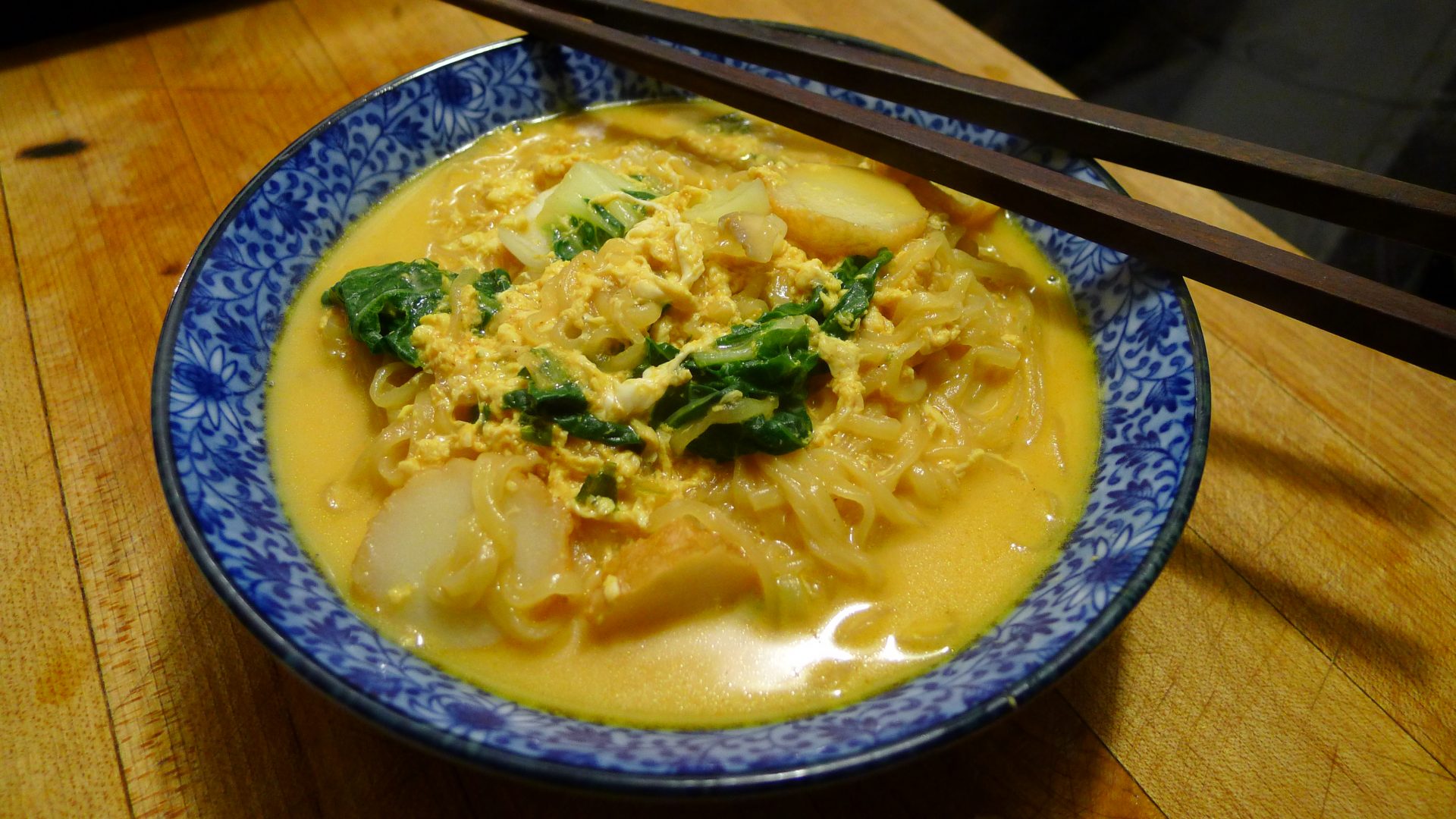Until last week, I hadn’t enjoyed a cup of Horlicks for many a year. It used to be a staple in my Edinburgh home growing up, and we would enjoy it once or twice a week. I’ve purchased it on and off over the intervening decades, but at some point over the past ten or so years it had really fallen off of my radar, and so it was with a healthy dose of nostalgia (and curiosity as to the way my palate may have changed) I made myself a cup.
In the United Kingdom, Horlicks is marketed as something one drinks before bedtime, hence the packaging you can see above, and back home in Edinburgh my mum only ever made it for us just before we went to bed, perhaps alongside some cheese on toast as “supper” around 8pm or thereabouts. “Tea” was dinner, and served around 5pm, so this was something altogether different; a snack before bed, if you will.
Studies have shown that many people do have longer and sounder sleeps after drinking Horlicks and yet there’s not actually anything contained within that should make one sleepy, something that the manufacturers of Horlicks have had to point out for legal reasons in various markets.
In studying the ingredients, it quickly becomes apparent that Horlicks should, for all intents and purposes, be giving the imbiber more energy, making for an interesting paradox. It’s probably worth pointing out that in the Indian sub-continent, where Horlicks has historically been extremely popular since the days of the British empire, it is marketed as something one would consume with breakfast in order to energise the body for the day ahead.
Horlicks is a malted milk drink, meaning that it is made with powdered malt and barley along with skimmed milk powder and sugar. As well as being made with fresh milk, Horlicks is also fortified with 14 different minerals and vitamins, and a lot of the global marketing promotes it as a healthy and nutritious beverage, but is it really? I mean, I can remember a time when both Lucozade and Mars Bars were marketed for their health benefits. I kid you not!
Horlicks contains around 10g of sugar per mug, about a third of the recommended amount one consumes in a day, and that’s before we look at the the sugar in the milk it’s made with. My elderly mother has just had to stop drinking it as her GP was concerned about prediabetes, and a cup of Horlicks is sure to give one quite a sugar spike. In doing some research I can see that Horlicks now produce a Diabetes Plus line…
Let’s have a little look at the other ingredients:
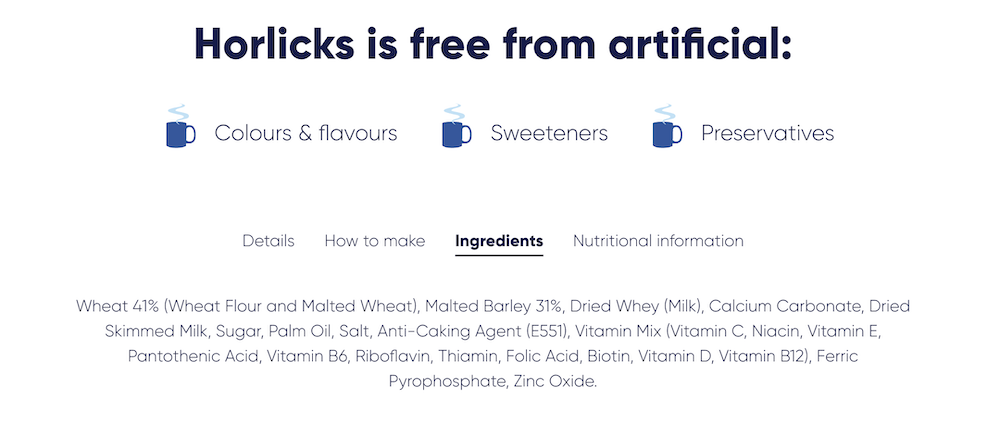
I’m pretty sure that there was a switch over to palm oil reasonably recently, which is never a good thing. One visit to the orangutan enclosure at Toronto Zoo will put you off palm oil for good; our son has given up Kinder Eggs since we visited there last, and as a family we have given up on anything containing palm oil. Apart from that blazing red flag, I’m basically fine with the other ingredients, and having pretty healthy blood sugar levels am less worried by my sugar intake when supping on a cup of the stuff.
So how was it for me, going back to Horlicks after all these years?
As I sat in my PJs, high on nostalgia, reading High Howey’s Shift and sipping from a sizable mug of it, I wondered if perhaps the soporific comfort it brings comes from it’s resemblance, in sweetness and warmth, to breastmilk, and searching online I see that a few others have also made this connection to mother’s milk.
Well, after greatly enjoying drinking it, I slept like the proverbial baby, and by that I don’t mean that I cried all night and peed the bed; I slept gloriously soundly. I’m a good sleeper normally, but one cup of Horlicks and I was out for the count.
I’m thinking that Horlicks is probably a healthier sleepytime option for me than four cans of Imperial Stout, so I think I’ll be drinking a little more Horlicks in my fifties, if only I could find some without that damn palm oil.

